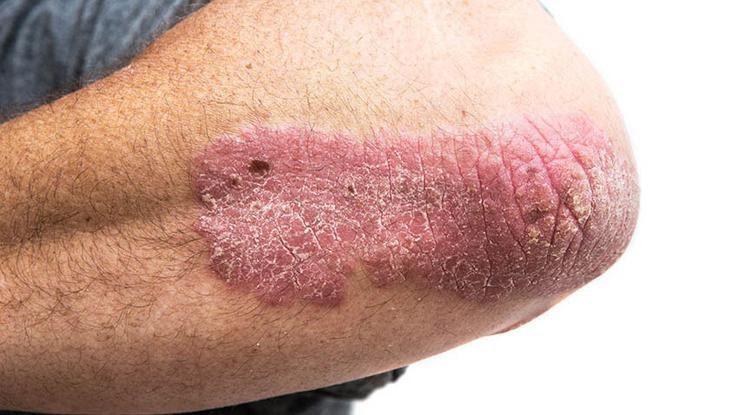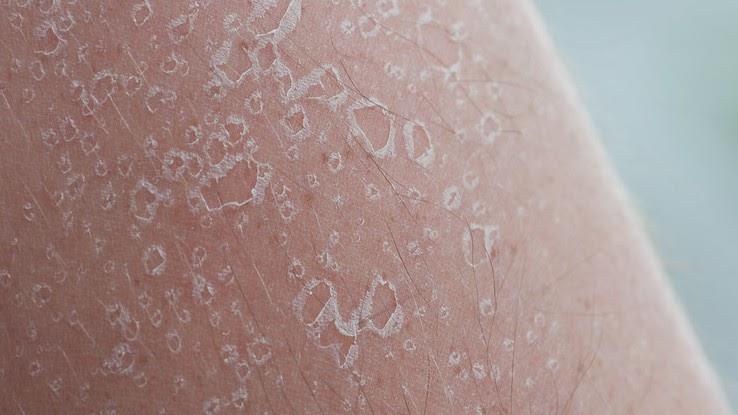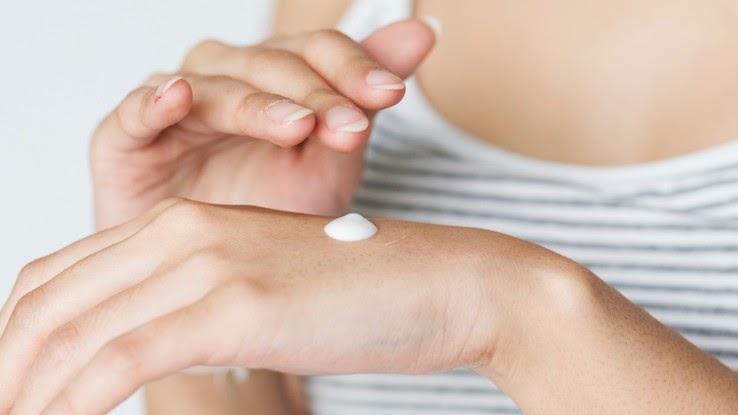
Psoriasis is a chronic skin condition that affects approximately 7.5 million people in the U.S., according to Johns Hopkins Medicine. While the exact cause of psoriasis is unknown, genetics and the immune system are thought to be primary contributing factors. Treatments exist to address the different types of psoriasis and range from over-the-counter creams to prescription medications.
This relatively common skin condition is characterized by red and inflamed spots or patches on the skin, which appear once a person’s body begins making skin cells too quickly. Instead of producing cells over the course of weeks, the body produces an excess of skin cells in several days. A doctor typically diagnoses this condition by examining a skin biopsy.
Psoriasis can range from mild to severe and often appears in cycles. Some people may experience shorter flare-ups that last for a few weeks, while some cases of psoriasis can last for months at a time. The disease may even go into remission for some people. Psoriasis may form as just a few spots in an affected area or appear as large eruptions over an extended area. Psoriasis can be uncomfortable and painful, but it’s not contagious.
Symptoms of psoriasis can vary widely but most commonly include red, scaly patches of skin and dry and cracked skin that can bleed. Some people may experience soreness along with itching or burning, as well as stiff and swollen joints.
Certain risk factors can increase your risk of developing psoriasis, including a family history of one or both parents with the condition or having higher levels of stress. Obesity and smoking are additional risk factors. Viral and bacterial infections can trigger psoriasis, as can injuries and sunburn.
Types of Psoriasis
Plaque psoriasis is the most common type. In these cases, the affected areas contain raised, red patches covered by a silvery scale. Plaque psoriasis patches typically appear on the scalp, knees, elbows and the lower back, although they also appear on the scalp, genitals, trunk, arms and other parts of the body.

In some cases, plaque psoriasis may affect the nails, causing them to thicken and potentially separate from the nail bed. Nail psoriasis can affect fingernails and toenails. The affected nails may crumble in severe cases.
Guttate psoriasis most commonly affects children who have recently had an infection, such as strep throat. In many cases a sore throat is present shortly before symptoms develop. This type of rash usually consists of small, red lesions.
Inverse psoriasis is often characterized by large red lesions that occur in body folds such as the underarm, groin area and behind the knee. In some cases the skin may be sore. Another type, pustular psoriasis, causes pus-filled blisters surrounded by red skin. This type of psoriasis most often affects the hands and feet, although it can occur anywhere on the body.
Erythrodermic psoriasis is the least common form of psoriasis, but its symptoms tend to be more severe. This form of psoriasis causes large areas of burnt-looking skin all over the body. According to the American Academy of Dermatology, this type of psoriasis can be life-threatening and requires immediate medical attention.
Common Psoriasis Treatments
Some of the most common treatments are topical medications that you can apply directly to your skin. These include corticosteroids designed to relieve itching and reduce inflammation and creams with anti-itch ingredients such as calamine, menthol and camphor. A moisturizer can help to relieve dry skin and promote healing. Many of these topical medications are available without a prescription and are recommended for mild to moderate cases.

Light therapy is another option. According to the Mayo Clinic, exposing skin to small amounts of natural sunlight can have positive effects. That’s because UV exposure can help to slow skin cell turnover, which can help with inflammation and scaling. Aside from direct exposure to sunlight, other options can include UVB phototherapy and laser therapy for mild to moderate cases of psoriasis.
Oral and injected medications are generally reserved for the most severe cases of psoriasis, or for cases that haven’t responded to other treatments. Examples include medications that suppress the immune system, such as methotrexate and cyclosporine, along with Anthralin, an anti-inflammatory drug reserved for more severe cases.





